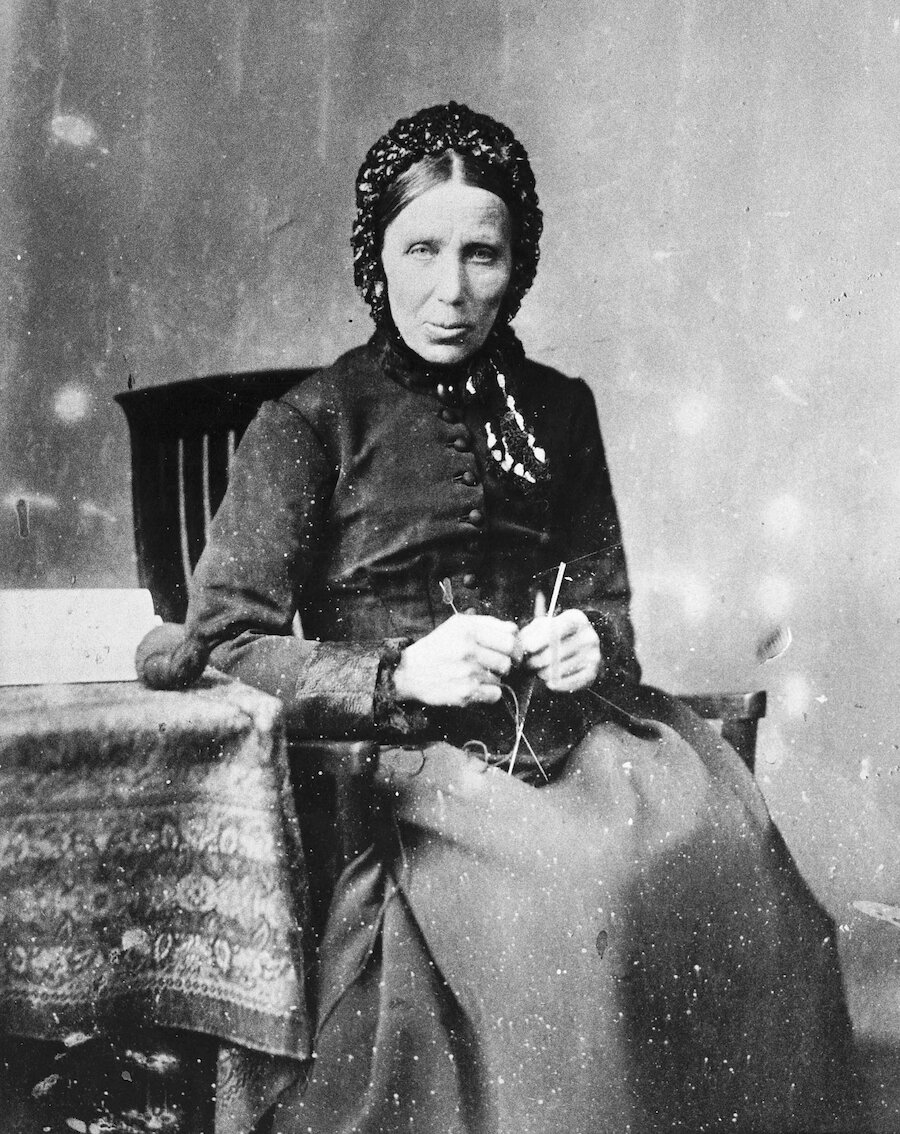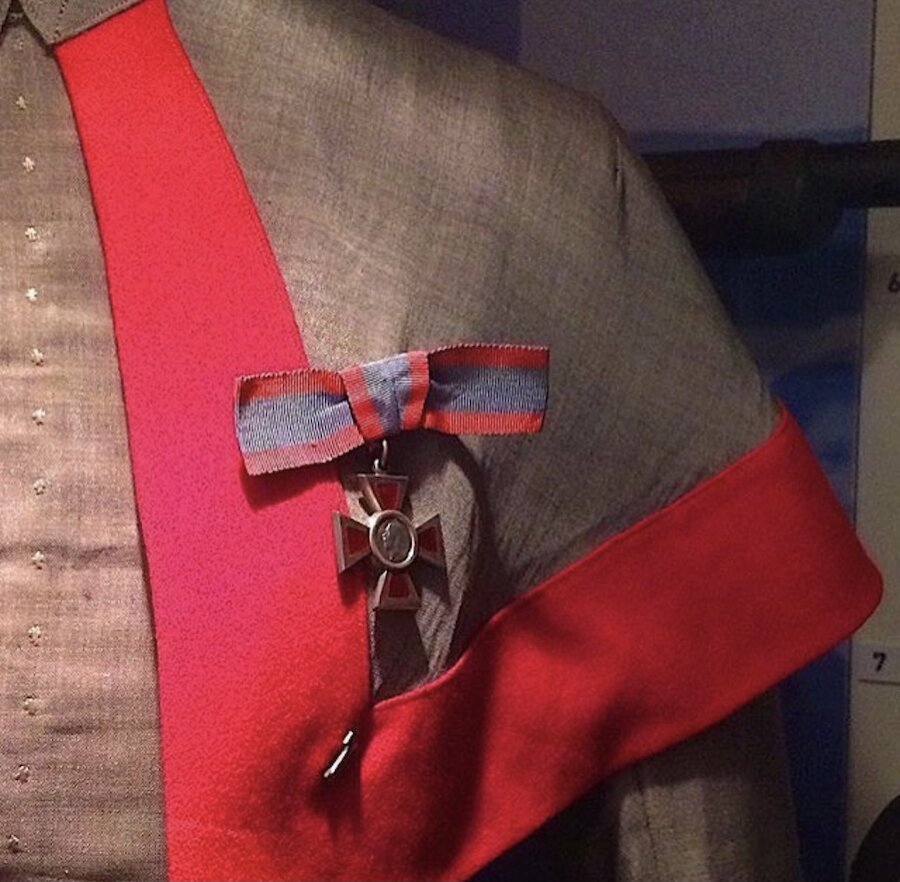“In the Shetlands, women are the best men.”
These words were written by an American journalist visiting Shetland in 1927. Like many visiting writers, he found a place where the women worked tirelessly, often in the absence of men.
To mark International Women's Day, this blog will explore some of the incredible Shetland women who have shaped our past and influenced our present. It will show how Shetland women were stepping into men's shoes long before the term 'feminism' was ever coined.
Demographically, women throughout Shetland's history have outnumbered men, yet, as is the world over, their contributions are often overlooked or absent from the narratives presented to us in history books. Our statues, memorials and place names commemorate and remember men, but where are the women?
Women of history are often unfairly portrayed as being unremarkable; they are home-makers, mothers, and caregivers. They pick up the slack while the men are away at sea, and they wistfully await their return by the fireside. This gender stereotype downplays and ignores the vital role that women have and continue to play in our society.
The misconception that women's stories don't feature in our history because they are unremarkable is unfounded, as the list below will prove.
In many ways, women's position in Shetland is very different from those of other women in history, and until the 1960s, women outnumbered men in the isles. Women in Shetland, historically, very much dominated the home and family life. They had to take on multiple roles with men away at the fishing or whaling for prolonged periods, including those traditionally associated with men. Lynn Abrams, a professor of gender history, goes as far as to call Shetland a ‘Woman's island’.
Women from Shetland's past are usually portrayed as strong, sometimes stern, and often stoic characters who endure hardship and toil on the croft and at home are quiet and uncomplaining.




